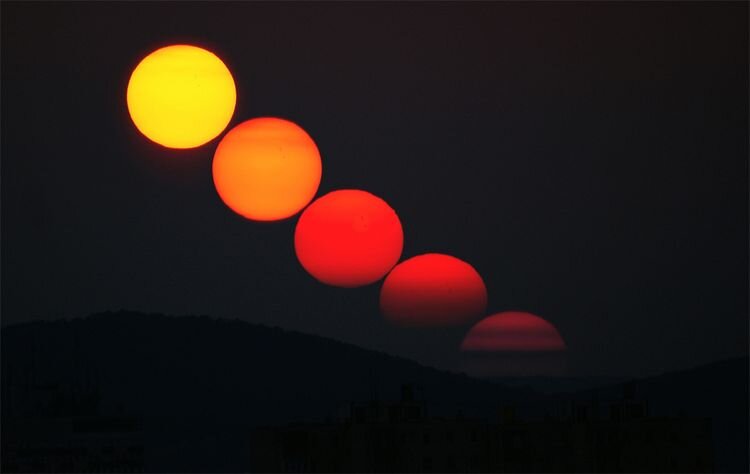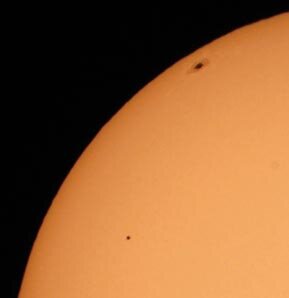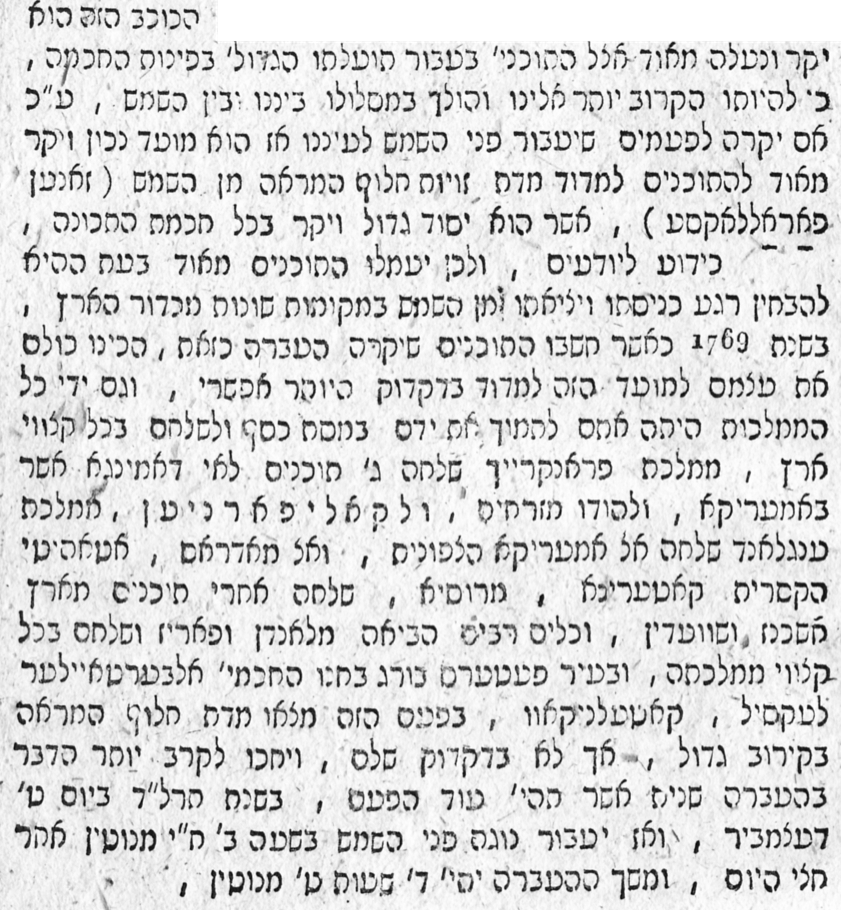Photo by the Talmudology. Sunset from Clearwater Florida, Jan 29, 2020.
ברכות כט, ב
דְּאָמַר רַבִּי חִיָּיא בַּר אַבָּא אָמַר רַבִּי יוֹחָנָן: מִצְוָה לְהִתְפַּלֵּל עִם דִּמְדּוּמֵי חַמָּה. וְאָמַר רַבִּי זֵירָא: מַאי קְרָאָה — ״יִירָאוּךָ עִם שָׁמֶשׁ וְלִפְנֵי יָרֵחַ דּוֹר דּוֹרִים״
Rabbi Chiyya bar Abba said that Rabbi Yochanan said: It is a mitzva to pray with the reddening of the sun. And Rabbi Zeira said: What is the verse that alludes to this? “Let them fear You with the sun and before the moon, generation after generation” (Psalms 72:5)…
According to Rabbi Chiyya, the best time to pray is at sunrise and sunset. But why is the sun red around the time that it rises and sets? Elsewhere, the Talmud has an answer for that.
בבא בתרא פד,א
בצפרא דחלפא אבי וורדי דגן עדן בפניא דחלפא אפתחא דגיהנם – ואיכא דאמרי איפכא
In the morning it becomes red as it passes over the site of the roses of the Garden of Eden, [whose reflections give the light a red hue]. In the evening the sun turns red because it passes over the entrance of Gehenna, whose fires redden the light. And there are those who say the opposite [in explaining why the sun is red in the morning and the evening, i.e., in the morning it passes over the entrance of Gehenna, while in the evening it passes over the site of the roses of the Garden of Eden.]
The sequence above shows the setting Sun dipping toward the western horizon. As the Sun sinks lower, its color becomes more reddened. From here.
Why sunrise & sunset are red - the science
Here is the scientific explanation. At sunrise and sunset the light from the sun is not directly overhead, but from its position on the horizon it must pass through more of the atmosphere to reach our eyes, as you can see here.
From here.
You may recall that ever since Newton and his prism we have known that white light is made up of many different wavelengths, or colors of light (Figure 1 below). As the sun’s white light passes through our atmosphere, the shorter wavelengths of light are scattered (Figure 2). And the longer the path through our atmosphere, the more the shorter wavelengths of light are scattered away from the original white sun beam. All of that scattered light (Figure 3) is from the shorter, blue end of the spectrum, which is what colors the sky blue. The remaining unscattered light is at the red end of the spectrum, and that’s why the sun appears red at sunrise and sunset, and why the clouds that reflect it are colored red.
From here.
The Poet and the Scientist
Science is not the only way of understanding the world. Artists, poets, philosophers and religions all add different kinds of knowledge about the very same physical world that science explains. Science explains that a red sunrise is a result of physics. Rabbi Chiyya explained that it is because the sun reflects the red roses of the Garden of Eden. Which explanation most satisfies your mind. And which most satisfies your heart?
“In philosophy [i.e.science] one must proceed from wonder to no wonder, that is, one should continue one’s investigation until that which we thought strange no longer seems strange to us; but in theology, one must proceed from no wonder to wonder, that is…[until] that which does not seem strange to us does seem strange, and that all is wonderful.”

























